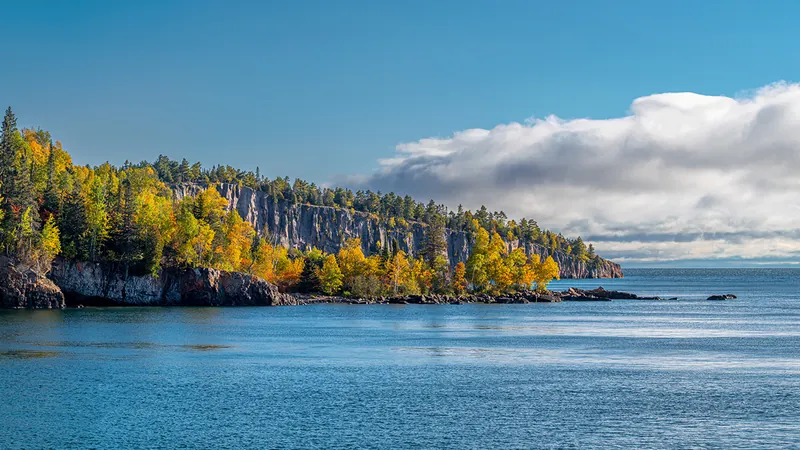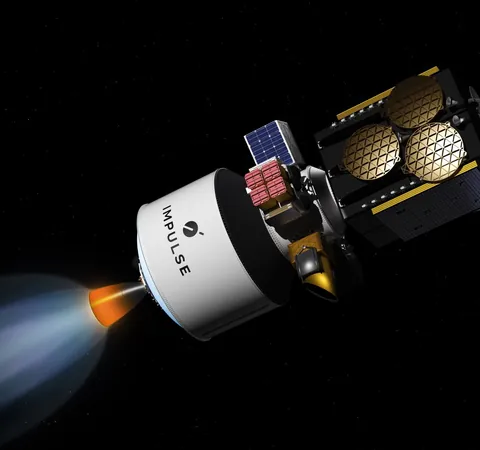
Revelation in Aquatic Carbon Dynamics: Lake Superior's Surprising Role as a Carbon Sink
2024-09-23
Author: Jia
Introduction
Recent research has unveiled a fascinating twist in our understanding of carbon dioxide (CO2) emissions from lakes, highlighting a significant gap in current knowledge about larger water bodies. Traditionally, lakes—especially smaller ones—have been recognized as major natural sources of CO2 to the atmosphere, primarily due to the high carbon inflow from surrounding catchments that leads to CO2 saturation in surface waters. However, most studies have largely overlooked larger lakes, which cover more than half of the global lake area but remain under-researched in terms of their atmospheric CO2 exchange.
Study Overview
In an enlightening study, researchers Sandborn and Minor (2024) focused on Lake Superior, an expansive body of freshwater spanning approximately 82,100 square kilometers, which represents about 2.5% of the global lake area. Over a four-year period, they meticulously measured surface water CO2 concentrations during ice-free months, aiming to fill the knowledge gap surrounding large lakes' contributions to the carbon cycle.
Findings
The groundbreaking findings reveal that rather than emitting CO2 like smaller lakes, Lake Superior actually absorbs it, functioning as a carbon sink during the warmer months. This crucial data challenges the prevailing narrative that larger lakes are solely sources of CO2 emissions, suggesting instead that these significant water bodies mirror ocean behavior in their ability to sequester carbon.
Implications
This revelation is monumental, as it prompts a critical reevaluation of CO2 fluxes across a considerable portion of the world's lakes and necessitates further research into the ecological roles of these large freshwater systems in the continental carbon cycle. Understanding how such lakes contribute to carbon dynamics could reshape strategies for climate change mitigation and ecosystem conservation.
Broader Impact
The implications of this study extend beyond the shores of Lake Superior. As climate change continues to affect aquatic ecosystems, recognizing and quantifying the roles of large lakes could provide essential insights into global carbon cycles and inform policies aimed at carbon management.
Conclusion
For those interested in the future of environmental science and climate action, staying informed on research developments like these is imperative, as they could redefine our approach to understanding and addressing climate challenges.
Citation
Sandborn, D. E., & Minor, E. C. (2024). Underway pCO2 surveys unravel CO2 invasion of Lake Superior from seasonal variability. Journal of Geophysical Research: Biogeosciences, 129, e2023JG007877.



 Brasil (PT)
Brasil (PT)
 Canada (EN)
Canada (EN)
 Chile (ES)
Chile (ES)
 España (ES)
España (ES)
 France (FR)
France (FR)
 Hong Kong (EN)
Hong Kong (EN)
 Italia (IT)
Italia (IT)
 日本 (JA)
日本 (JA)
 Magyarország (HU)
Magyarország (HU)
 Norge (NO)
Norge (NO)
 Polska (PL)
Polska (PL)
 Schweiz (DE)
Schweiz (DE)
 Singapore (EN)
Singapore (EN)
 Sverige (SV)
Sverige (SV)
 Suomi (FI)
Suomi (FI)
 Türkiye (TR)
Türkiye (TR)